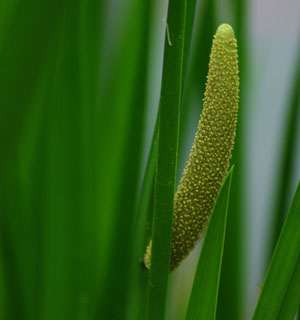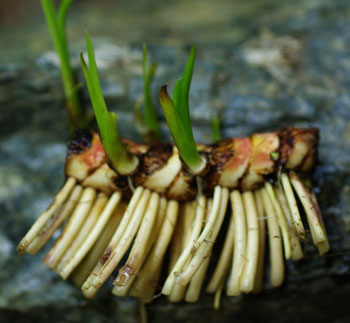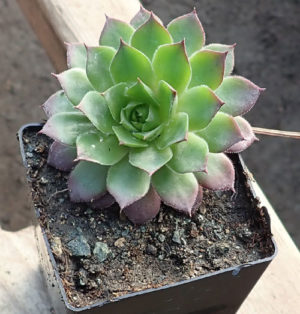Now shipping plant orders promptly 🙂
Calamus (Acorus calamus var americanus) Potted Plant, organic
$9.50
Family: Arum (Araceae)
Zones 4 to 11
Plant prefers pond, streamside or moist or sodden soil—excellent filter plant in pondscapes, it will clarify yucky water and promote health of any waterway or pond. Plant prefers full sun to part shade and moist soil or shallow water at the edge of the pond. Just press the rhizome and rootlets down into the mud with the green shoots pointing up toward the sun and you will see great results.
Potted plant, certified organically grown







Question
Sophie –
Hi Richo, I was late to the game and all of your potted calamus are gone. When do you predict to have more of them this year? Thank you much!
Upvote if this was helpful (0) Downvote if this was not helpful (0) Watch Unwatch Flag for removal
Richo Cech –
Hi Sophie, Thanks for writing. We’ll have these on an ongoing basis–we’re really stoked that the planting of calamus has caught on–what a multifunctional plant! Next installment probably June. Please hit waitlist. Richo
Upvote if this was helpful (0) Downvote if this was not helpful (0) Flag for removal
Question
Eimi (verified owner) –
Hi Richo, The calamus plants I got in the spring have grown beautifully in my little artificial pond. I’m growing them in gallon pots, but I think I need to repot them to larger pots because they seem to be outgrowing their current ones. Can they be repotted when they are actively growing? The summer growth has died back, but there are new green sprouts coming out. Thank you so much again for your advice!
Upvote if this was helpful (0) Downvote if this was not helpful (0) Watch Unwatch Flag for removal
Richo Cech –
Hello Eimi, Thanks for the note and for giving the calamus the conditions to thrive, Either way, really, they’re going down into dormancy (where some short spears of green will show). One thing to do is remove the dead growth which can get pretty slimy. Beyond that repot to larger pots, making sure to free up the roots, or allow to overwinter and up-pot or divide and repot in the spring. richo
Upvote if this was helpful (0) Downvote if this was not helpful (0) Flag for removal
Question
Eimi –
Hi Richo,
Do these starter plants need to be grown in pots for some time before they can be transplanted to ground? And can they be grown in pots permanently? I’m thinking about creating a bog/pond environment with a shallow artificial pond (using pond liner), I wonder if the plants can be grown in pots individually in such an artificial pond? Thank you much in advance!
Eimi
Upvote if this was helpful (0) Downvote if this was not helpful (0) Watch Unwatch Flag for removal
Richo Cech –
Hello Eimi,
Thanks for contacting. The advice to plant our starter plants to gallon pots for a period of 3 weeks or so before planting to the garden is indeed our general advice. But it doesn’t apply to calamus, which is a water plant and is already big when we send it to you. Yes, calamus does great in pots. You can up-pot it to a gallon or 3-gallon and immerse it in the pond. It also does fine if grown in very moist soil in the garden with some shade. There’s a diagram for a shallow artificial pond in my book “growing at-rsk medicinal herbs” in the sundew section. Back to Calamus it will help an artificial pond stay clean and healthy–it will NATURALIZE it. richo
Upvote if this was helpful (3) Downvote if this was not helpful (0) Flag for removal
Question
Sylvie Clement –
we have a lake about 100 feet by 75 feet roughtly, my question is what can I grow or seed in the lake to keep it clean and oxygenated? thanks Sylvie
Upvote if this was helpful (0) Downvote if this was not helpful (0) Watch Unwatch Flag for removal
Richo Cech –
Hi Sylvie,
Thanks for contacting us. Well, you’re already on the Calamus so you must know that calamus filters the water in much the manner you’re indicating. I suppose European Speedwell, watercress, yerba mansa and brahmi could be similarly employed, but I don’t think any of them are as efficient as calamus.
Richo
Upvote if this was helpful (0) Downvote if this was not helpful (0) Flag for removal